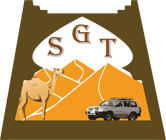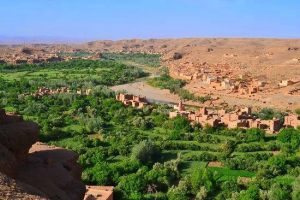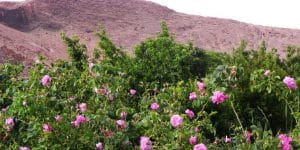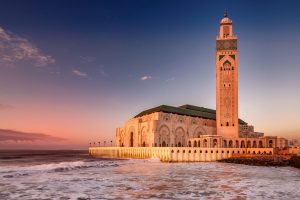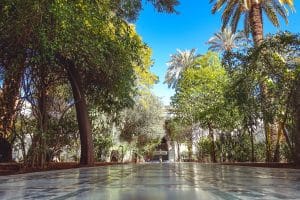Sahara Desert is the largest hot desert in the world
- Stretching from Egypt to Morocco, the Sahara Desert is the largest hot desert in the world, comparable in size to the continental US.
- While there are many ways to visit the Sahara, possibly the most iconic way is to visit Erg Chebbi, one of Morocco’s many ergs, or seas of sand dunes. Erg Chebbi is often used for films because of its stunning expanse of iconic fire-orange sand dunes.
- To reach Erg Chebbi, one has to drive for two days from Marrakech through mountains and desert, before switching to a camel for the final stretch.
I recently visited and, while the sunset and sunrise were unforgettable, the dunes were far from the immaculate waves you see in photos, thanks to the hundreds of ATVs and 4X4s that ride through.
From Marrakech by SUPRATOUR public bus departure at 8.30 am with arrival to Merzouga at p 9m and Starting from Merzouga Next Day departure at 8 am with arrival to Marrakech at p 8.30m /
From Fez by CTM public bus departure at 20.30 pm with arrival to Merzouga at 7.15 am Start Every days from Merzouga departure at 7 pm with arrival to Fez at 5.30 am If you are coming from Fes by CTM public bus departure at 20.30 pm with arrival to Merzouga at 7.15 am
From Merzouga by CTM public bus departure at 7 pm with arrival to Fez at 5.30 am
It’s one of the things for which Southern Morocco is famous. Coming to the Sahara Desert is a great escape from urban centres. Here you have the best golden red dunes, at night the most amazing stars above in the sky, the silence and the legendary local Saharan hospitality.
At Sahara Gate Tours we organize excursions on camels and camel rides. You can simply enjoy a sunrise or a sunset ride on the dunes or you can hike for a few hours to our oasis where you will be welcomed by our team and invited to drink tea in a nomad tent. For the more adventurous, we have programs for multiple days, disappear off into the sunset, and experience the Nomadic way of life for a few days or longer, the camels will carry your gear, and the nomads will be your guides, your cooks and your story tellers. Explore this diverse terrain and discover the varied landscapes of the desert and see how people live in its challenging environments.
One night special trip to the desert camp in Morocco erg chebbi dunes Merzouga
You can choose to stay for a night and enjoy the sunrise over the big dune of Erg Chebbi: simply an amazing experience. Leave our hotel by camel at around 16:00 Winter time and at 18.00 Summer time for a trek to watch the sunset, after that incredible experience, descend to the nomad camp where you will have a traditional Berber dinner round the campfire. The star studded sky will captivate you as you listen to the rhythmical drumming of the local musicians. You will be woken early to ascend the dunes to watch the first rays of the sun as it rises, casting huge shadows and fantastic colours as it chases away the night. Spectacular photos for your Facebook posts!! You return to the hotel where you can shower and freshen up and enjoy our breakfast selection. There is an optional extra if you would like to try sandboarding; we have boards and boots at the hotel.
- Sunset and Sunrise Trek
- Night in the Desert Bivouac
- Multi Day Treks from 2 days to 2 weeks
- 4 Days / 3 Nights Trek with the Nomads
- Hiking with Camel Porters and Nomad Guides
- 4×4 Tours
- Oasis excursions
